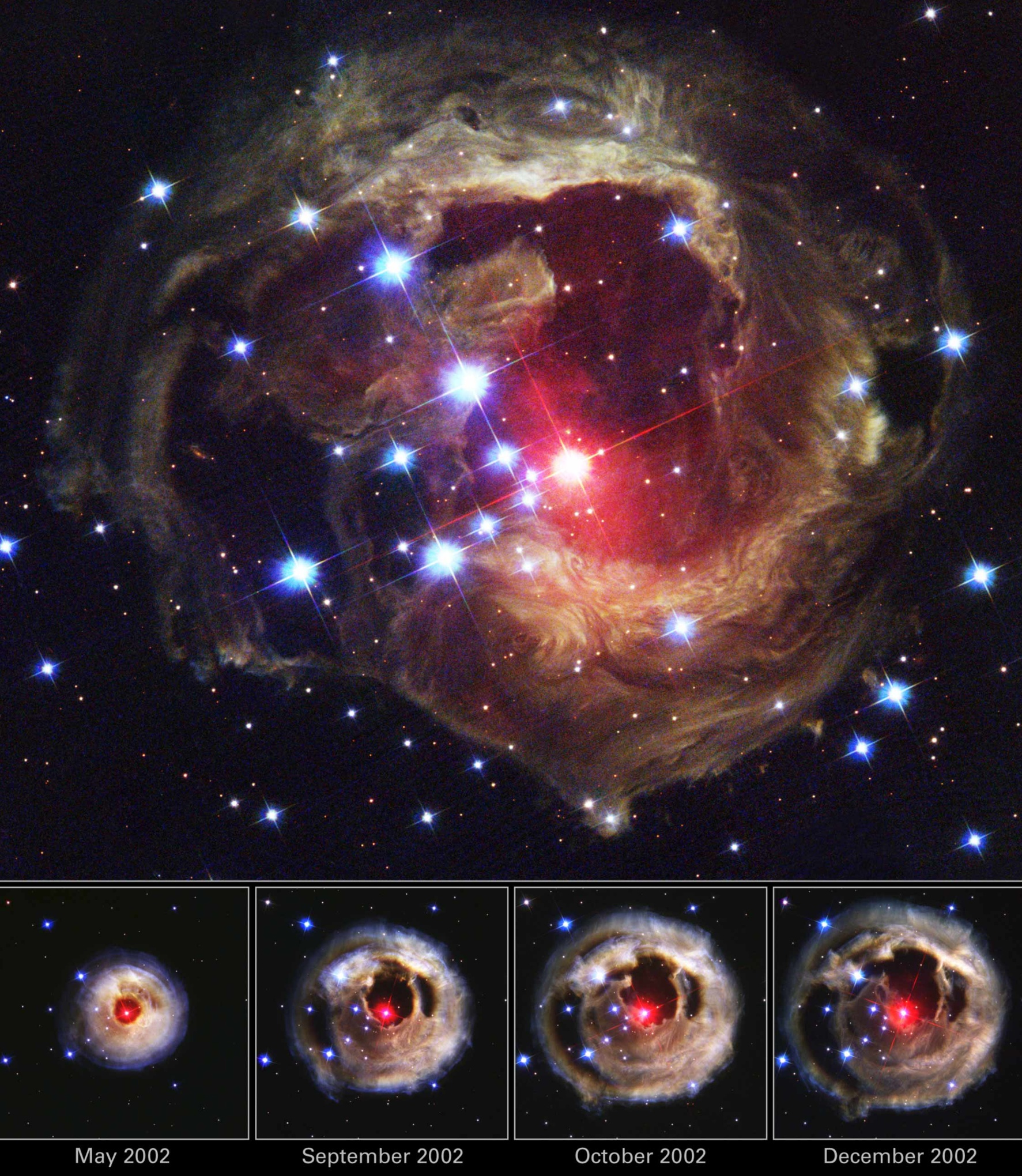
This is referred to as polar alignment and it is a critical step of the process when using an equatorial telescope mount.
Hubble space telescope images north star how to#
You can find out where your backyard falls in the Bortle Scale using this guide.Īmateur astronomers and astrophotographers must understand how to find the North Star to align their telescopes. The amount of local light pollution in your location can make seeing stars difficult. The Little Dipper is often referred to as the “ Host of the North Star“. You can also find the North Star by locating the tip of the Little Dipper’s handle, but this asterism can be difficult to find in the city.
Hubble space telescope images north star full#
The Big Dipper, like a great big hour hand, goes a full counter-clockwise circle around Polaris in one day.Įven though the Big Dipper travels around Polaris all night long, the Big Dipper pointer stars always point to Polaris on any day of the year, and at any time of the night. The Big Dipper lies below the little dipper and their handles point in opposite directions.

Draw an imaginary line from Merak through Dubhe, and follow it straight to Polaris and the Little Dipper. These two stars outline the outer part of the Big Dipper’s bowl. To locate Polaris, find the Big Dipper pointer stars Dubhe and Merak. Polaris lies at the end of the handle in the Little Dipper and can also be located by finding the Big Dipper, Ursa Major. Polaris is easy to find if you can first locate the Little Dipper, Ursa Minor. A little further down the post, I’ve included a really simple step-by-step guide. The following video provides a basic overview of how to locate the North Star. In the Northern Hemisphere, finding Polaris means you know the direction north.Įven when the full moon obscures the sky, the North Star is relatively easy to see. As you travel south, Polaris drops closer to the northern horizon.įrom the equator, Polaris sinks to the horizon and cannot be seen from the South of the equator. If you go as far north as the North Pole, Polaris will appear directly overhead. Alternate Names: Polaris A, Alpha Ursae Minoris, Pole Star, North StarĪs you travel northward, Polaris climbs higher in the sky.Luminosity: 2,500 times brighter than the Sun.In this article, I’ll explain how to find the North Star is in the night sky and some interesting facts about Earth’s pole star. However, it is easily located making it a reliable gauge of North for travelers without a compass.

Polaris is not the brightest star in the night sky. Polaris, or commonly known as The North Star, is located almost directly above the North Celestial Pole marking the way due north. A common misconception about the North Star is that it is the brightest star in the sky, but that is not true. The stars and constellations in the night sky appear to rotate around the North Star throughout the year. In the northern hemisphere, Polaris is easy to identify using the Little Dipper as a reference. It does not sit directly on the Earth’s north celestial pole, but it is very close. The North Star is Polaris, located in the constellation Ursa Minor.


 0 kommentar(er)
0 kommentar(er)
